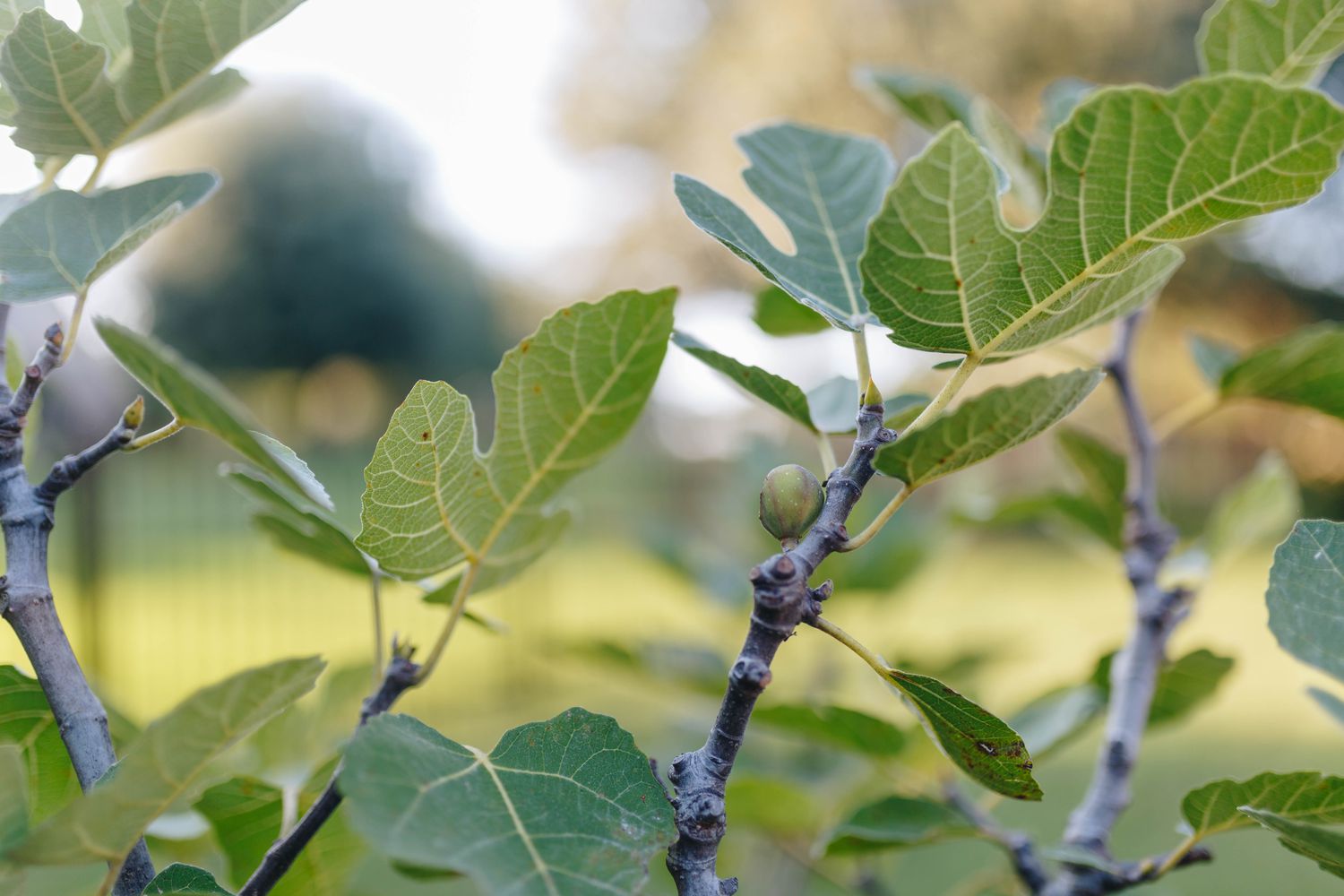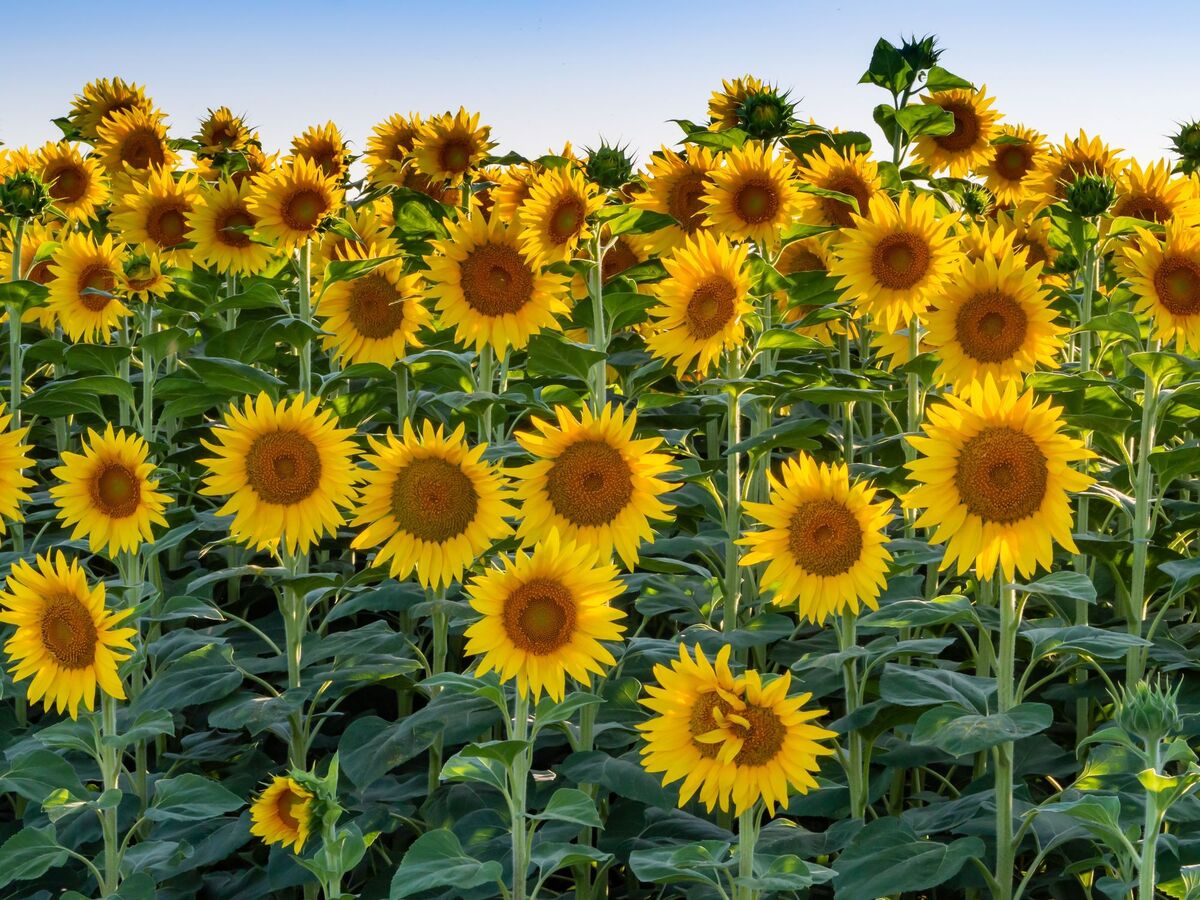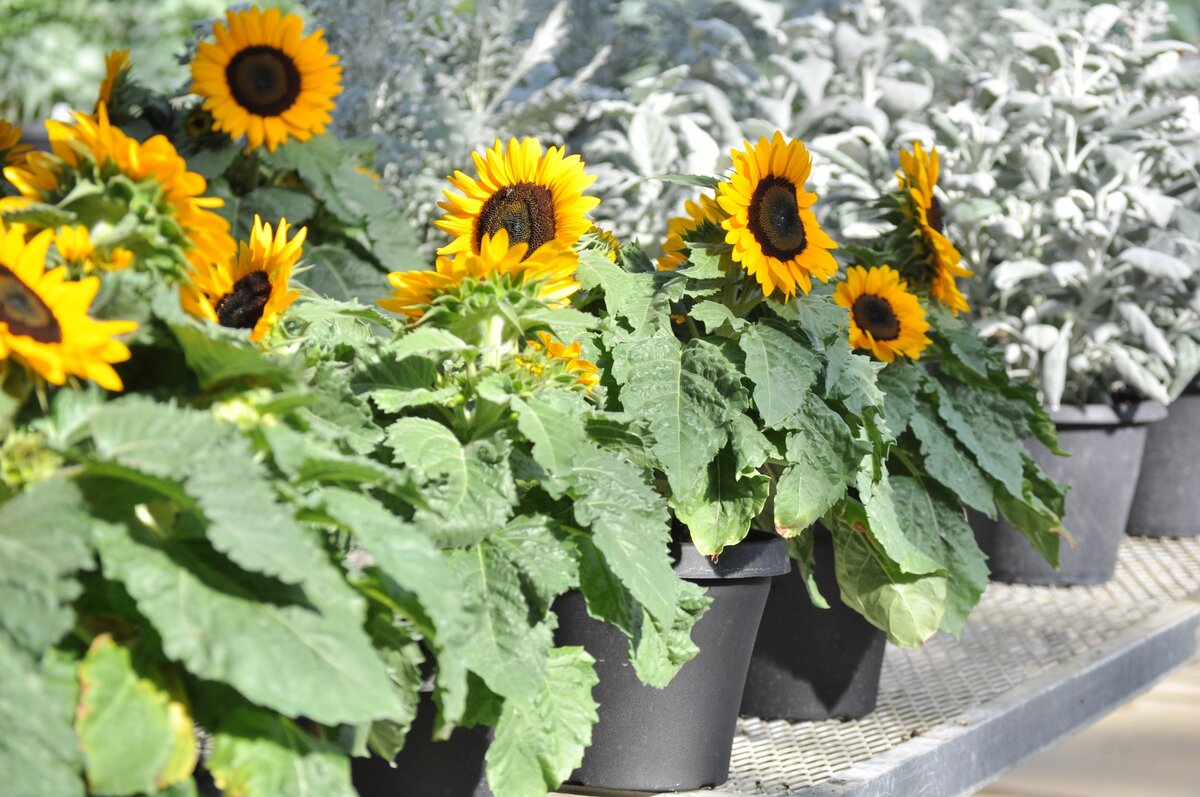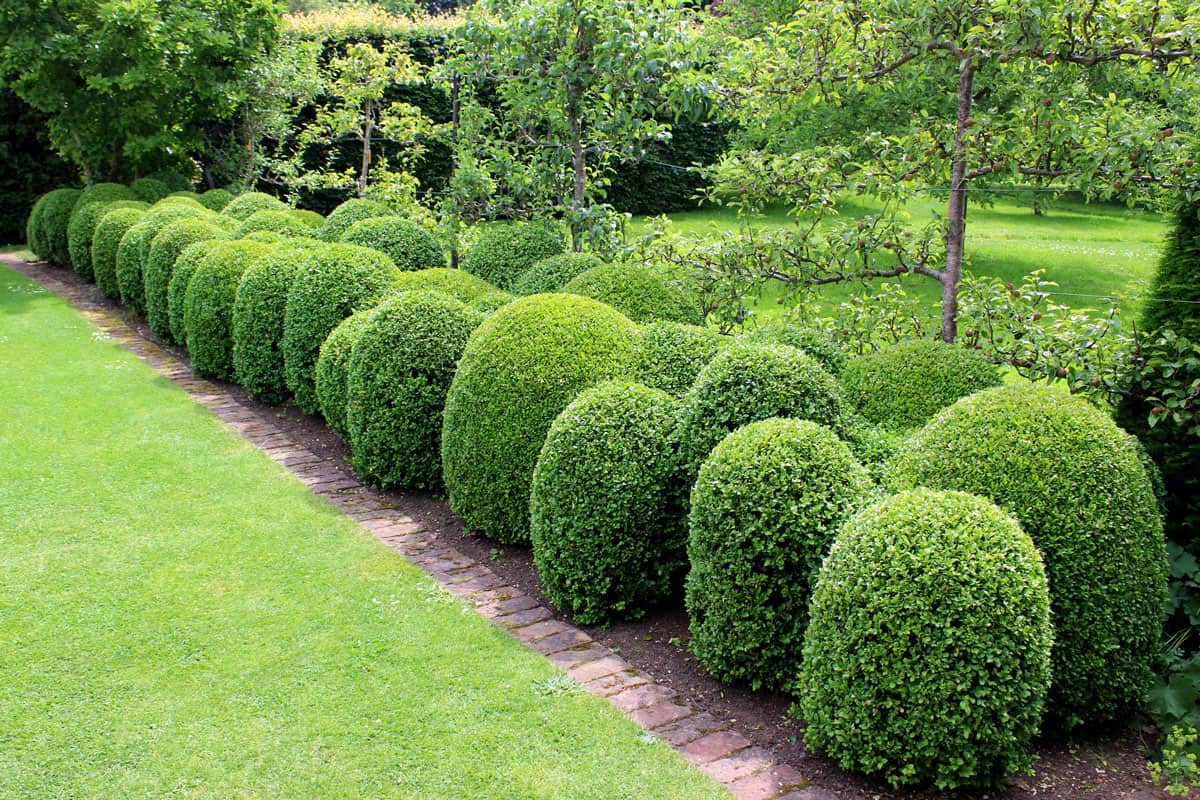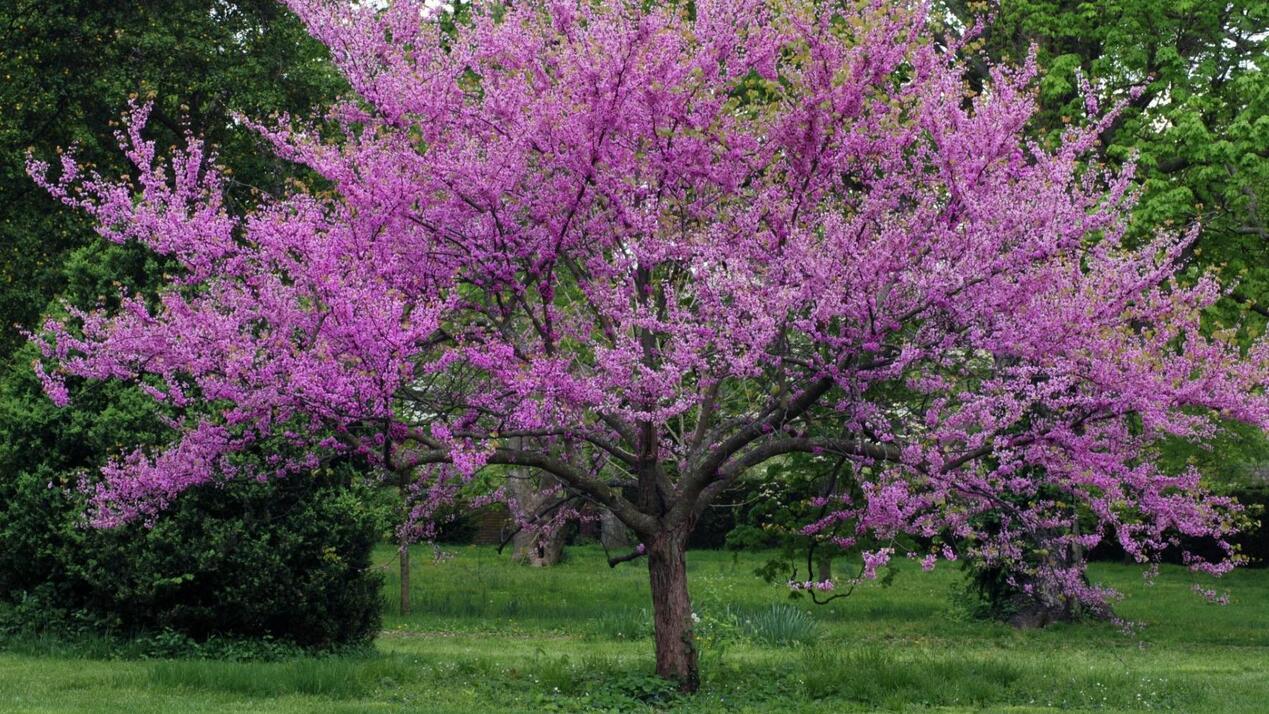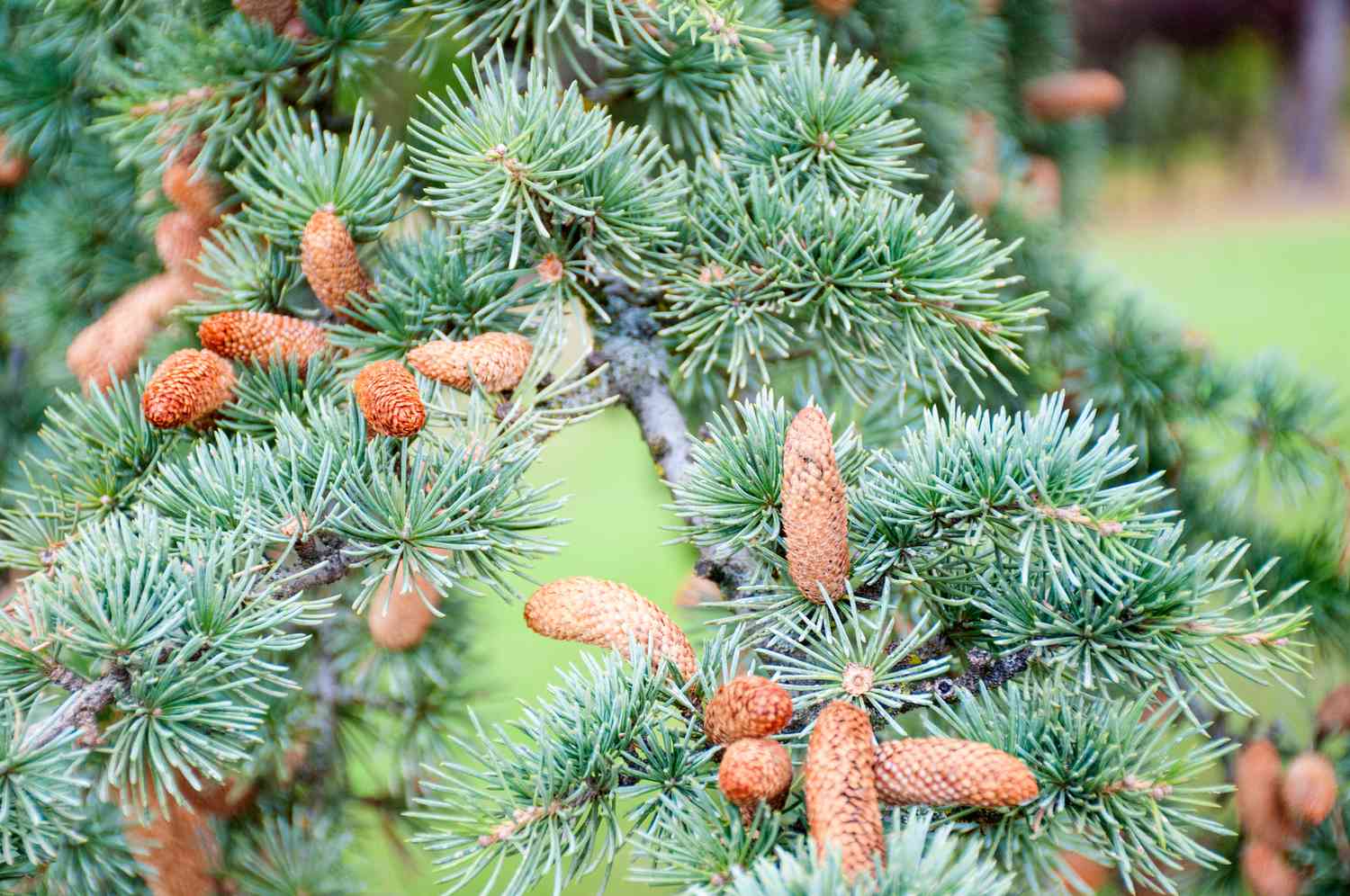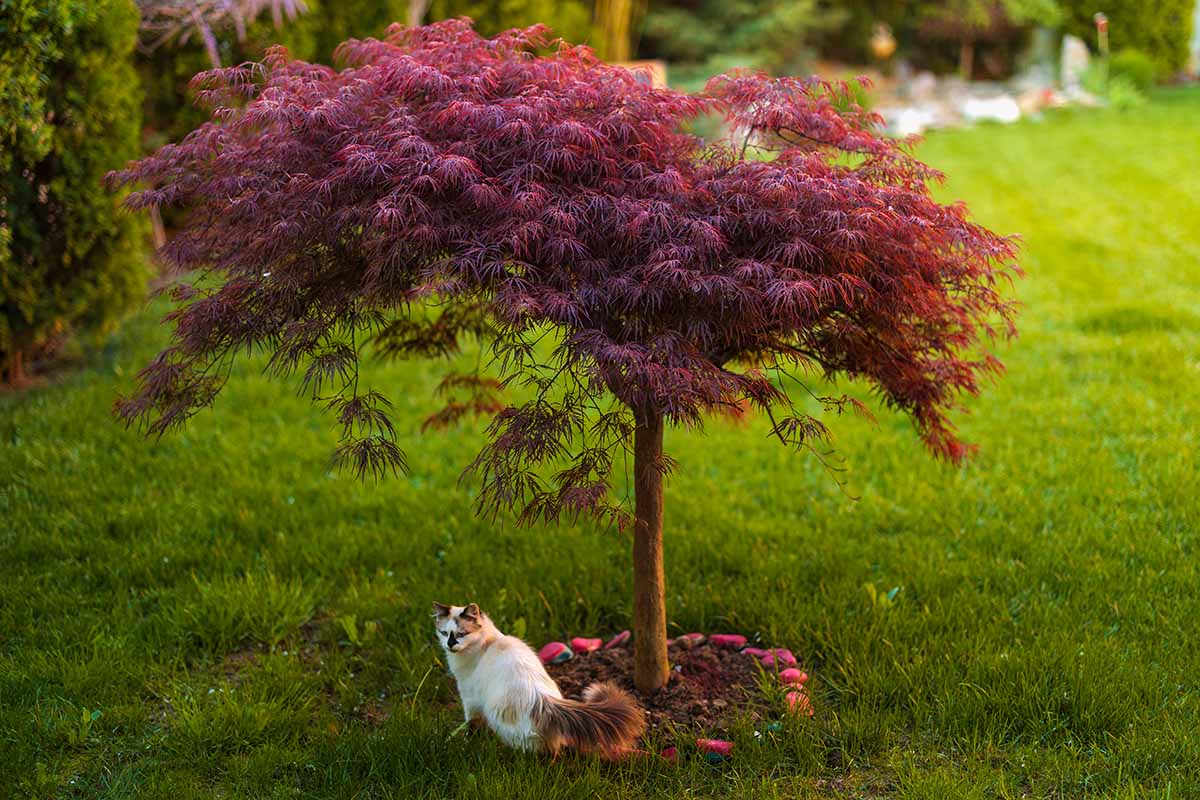Home>Gardening Techniques>Plant Care>How Tall Do Cedar Trees Grow
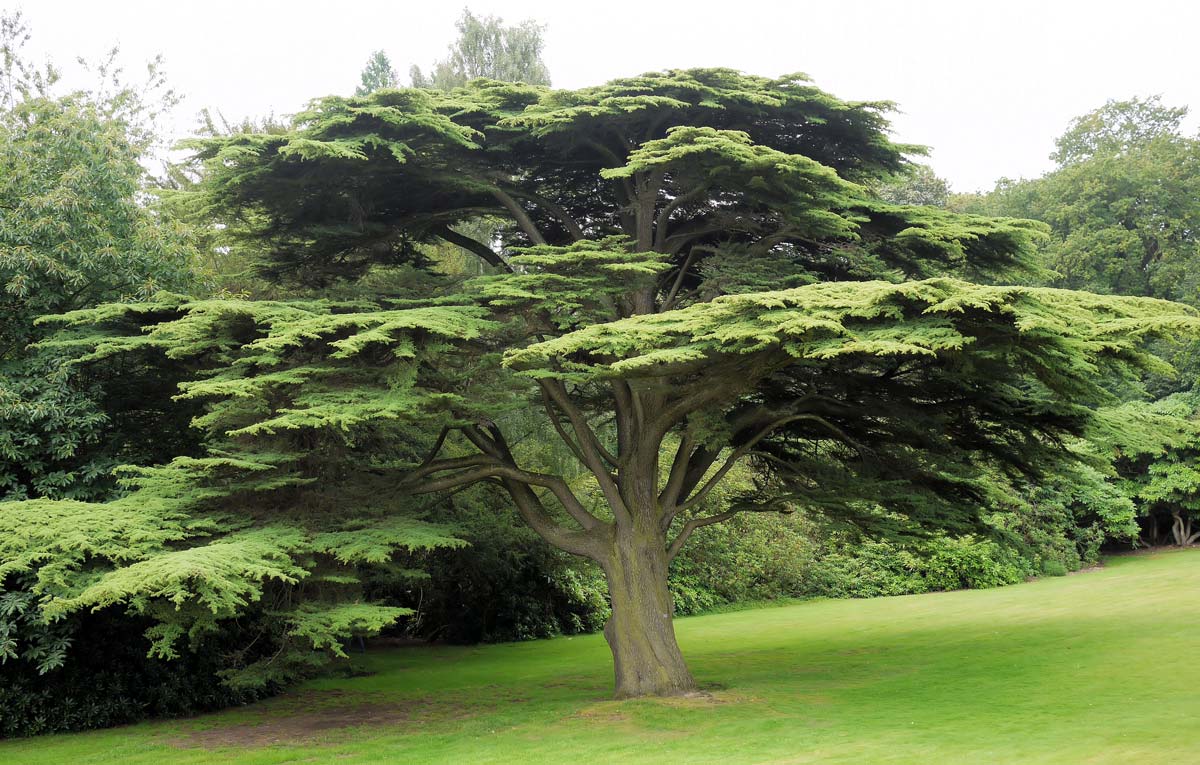

Plant Care
How Tall Do Cedar Trees Grow
Modified: January 22, 2024
Discover the secrets of cedar tree growth and learn how to care for these majestic plants. Enhance your gardening skills with essential plant care tips.
(Many of the links in this article redirect to a specific reviewed product. Your purchase of these products through affiliate links helps to generate commission for Chicagolandgardening.com, at no extra cost. Learn more)
Table of Contents
Introduction
Cedar trees, known for their majestic beauty and longevity, are a popular choice in landscaping and forestry. These towering giants, with their distinctive aromatic scent and sturdy timber, have stood the test of time and continue to captivate nature enthusiasts worldwide. In this article, we will explore the fascinating world of cedar trees and delve into the factors that affect their growth and height.
As one of the most recognized tree species, cedar trees belong to the Cupressaceae family and are native to various regions, including North America, Asia, and the Mediterranean. They are renowned for their tall and upright stature, which is influenced by a combination of genetic factors, environmental conditions, and cultural practices.
Understanding the factors that contribute to cedar tree height can provide valuable insights for gardeners, conservationists, and forestry professionals. By optimizing these factors, we can help cedar trees reach their full potential and maintain their health and vitality.
Throughout this article, we will explore the factors that influence cedar tree height, including genetic traits, environmental conditions, and cultural practices. We will also discuss the tallest cedar trees in the world, their average height, and the limitations that may restrict their growth.
So whether you’re planning to plant a cedar tree in your garden or you’re simply intrigued by their impressive stature, join us as we unravel the mysteries behind the height of cedar trees.
Factors Affecting Cedar Tree Height
The height of cedar trees is influenced by several factors, including genetic traits, environmental conditions, and cultural practices. These factors can either contribute to the upward growth of the tree or impose limitations on its height potential.
1. Genetic Traits: The inherent genetic makeup of cedar trees plays a significant role in determining their ultimate height. Different species of cedars have varying growth potentials, with some naturally growing taller than others. Additionally, within each species, there can be genetic variations that affect height. Trees with favorable genetic traits for height tend to grow taller than those without such traits.
2. Environmental Conditions: Environmental factors such as soil quality, moisture levels, sunlight exposure, and temperature can greatly impact cedar tree height. Cedar trees thrive in well-drained soil, although some species can tolerate a wide range of soil conditions. An adequate water supply is essential for their growth and development, particularly during their initial establishment. Sunlight plays a vital role in photosynthesis, which is crucial for tree growth. Insufficient sunlight can stunt the growth of cedar trees, resulting in reduced height.
3. Cultural Practices: The way cedar trees are planted and maintained also affects their height. Proper spacing between trees allows for optimal light penetration and reduces competition for resources, allowing individual trees to grow taller. Regular pruning and trimming can help maintain the shape and promote upward growth. Additionally, fertilization and proper nutrient management practices can enhance tree health and vigor, contributing to increased height potential.
4. Competition: Cedar trees, like any other plant, compete for resources such as water, nutrients, and sunlight. Other nearby trees or plants can limit the growth of cedars by overshadowing them or depleting essential resources. Managing competing vegetation and ensuring sufficient resources are available for cedar trees can promote their upward growth and height attainment.
By understanding and optimizing these factors, we can create a conducive environment for cedar trees to reach their full height potential. However, it’s important to note that these factors interact and influence each other, and no single factor should be considered in isolation when assessing cedar tree height.
Cedar Tree Height Variations
The height of cedar trees can vary significantly, both within and between species. While some factors, such as genetics and environmental conditions, play a role in these variations, other factors are unique to each individual tree.
1. Species Variations: Different species of cedar trees exhibit distinct height characteristics. For example, the Eastern Red Cedar (Juniperus virginiana) typically reaches heights of 40 to 50 feet, while the Western Red Cedar (Thuja plicata) can tower over 200 feet. Understanding the growth habits and natural height ranges of specific cedar species is essential for proper tree selection and management.
2. Individual Variations: Within a species, individual trees can display variations in height even under similar environmental conditions. Genetic factors, such as variations in growth hormone production, can influence the growth rate and ultimate height of cedar trees. Additionally, the health and vigor of individual trees can impact their height potential. Trees that are stressed or diseased may have stunted growth and be shorter when compared to healthier counterparts.
3. Age-Related Variations: Cedar trees experience growth spurts during their early years, which slowly taper off as they mature. Young cedar trees can exhibit significant annual height increases, sometimes reaching several feet in a single growing season. However, as the trees reach maturity, the rate of height growth gradually slows down. It is important to note that the rate of height growth can also be influenced by environmental conditions and overall tree health.
4. Environmental Variations: The environmental conditions in which cedar trees grow can greatly impact their height. Trees growing in optimal conditions, with access to abundant sunlight, nutrient-rich soil, and ample water supply, tend to grow taller compared to those growing in less ideal environments. Additionally, trees growing at higher elevations or in colder climates may have slower growth rates and be shorter than trees in more favorable conditions.
These variations highlight the dynamic nature of cedar tree height and the importance of considering multiple factors when assessing tree growth. By understanding the inherent characteristics of different species, recognizing individual variations, and accounting for environmental influences, we can better appreciate the diversity and complexity of cedar tree height.
Tallest Cedar Trees in the World
Cedar trees have the remarkable ability to reach astonishing heights, captivating our awe and admiration. Some of the tallest cedar trees in the world have achieved breathtakingly lofty status, showcasing the beauty and grandeur of these magnificent giants.
1. Hyperion: The Hyperion tree, a Coast Redwood (Sequoia sempervirens) located in Redwood National Park, California, holds the current record as the tallest tree in the world. Standing at a staggering height of 379.7 feet (115.7 meters), this awe-inspiring giant is a testament to the incredible growth potential of cedar trees. Its location in the ideal environmental conditions of the coastal region is believed to have contributed to its exceptional height.
2. Quinault Lake Cedar: Found in Olympic National Park, Washington, the Quinault Lake Cedar stands as one of the tallest Western Red Cedars (Thuja plicata) in existence. This majestic tree reaches a towering height of approximately 174 feet (53 meters). Its age is estimated to be around 1,000 years, highlighting the longevity and resilience of cedar trees.
3. Cheewhat Cedar: Located in Pacific Rim National Park Reserve, British Columbia, Canada, the Cheewhat Cedar is another prominent example of a towering Western Red Cedar. This awe-inspiring tree measures approximately 174 feet (53 meters) tall and boasts a massive girth. Its estimated age ranges between 1500 and 2000 years, making it not only tall but also a living testament to the historical significance of ancient cedar forests.
4. Trewartha Cedar: Situated in Lake Quinault, Washington, the Trewartha Cedar is yet another extraordinary example of the magnificent heights cedar trees can achieve. Standing at an estimated height of 185 feet (56 meters), this impressive Western Red Cedar showcases the potential for exceptional growth in optimal environmental conditions.
These towering examples of cedar trees awe us with their staggering heights and serve as a reminder of the remarkable ability of cedars to reach for the sky. They inspire us to appreciate the beauty and grandeur of these ancient giants and the crucial role they play in our ecosystems.
Average Height of Cedar Trees
The average height of cedar trees can vary depending on the species, environmental conditions, and overall tree health. Understanding the typical height range for different cedar species can provide valuable insights for gardening, landscaping, and forestry practices.
1. Eastern Red Cedar (Juniperus virginiana): This cedar species is known for its ability to adapt to a wide range of soil conditions, making it a popular choice for landscaping. The average height of Eastern Red Cedars ranges from 40 to 50 feet (12 to 15 meters). However, under favorable conditions, some individuals may exceed this height range.
2. Northern White Cedar (Thuja occidentalis): With its graceful, pyramidal shape and soft evergreen foliage, Northern White Cedars are commonly used for hedging and privacy screens. They typically reach an average height of 30 to 40 feet (9 to 12 meters). However, it is not uncommon to find individuals that exceed this range, especially in areas with optimal growing conditions.
3. Western Red Cedar (Thuja plicata): Western Red Cedars are renowned for their towering height and impressive timber. With an average height of 100 to 200 feet (30 to 60 meters), these majestic giants dominate temperate rainforests across the Pacific Northwest. In optimal conditions, they can even exceed the upper end of this height range.
4. Atlantic White Cedar (Chamaecyparis thyoides): As a native evergreen conifer, Atlantic White Cedars thrive in wetland habitats and are well-suited for erosion control and reforestation projects. They typically reach heights ranging from 40 to 50 feet (12 to 15 meters). However, in locations with ideal soil moisture and nutrient availability, they can achieve greater heights.
It’s important to note that these average height ranges are based on ideal growing conditions and may vary depending on factors such as soil fertility, moisture levels, and competition from other plants. Additionally, some cedar trees may experience stunted growth due to poor environmental conditions or disease.
By understanding the average height of different cedar species, gardeners, landscapers, and forestry professionals can make informed decisions about tree selection and appropriate spacing. This knowledge also allows for better management practices to maintain the health and aesthetics of cedar trees.
Factors Limiting Cedar Tree Height
While cedar trees have the potential to reach impressive heights, several factors can limit their growth and restrict their ultimate height. These limitations can be influenced by various genetic, environmental, and cultural factors.
1. Genetic Factors: The inherent genetic makeup of cedar trees can impose limitations on their height potential. Some species have natural height limits that are determined by their genetic traits. Trees with genetic variations that result in slower growth or shorter stature may have their height restricted compared to other individuals or species with more favorable genetic traits.
2. Environmental Conditions: Environmental factors play a crucial role in determining the height of cedar trees. Inadequate sunlight exposure can stunt their growth, while heavy shade from surrounding vegetation can limit their access to sunlight and hinder their vertical development. Poor soil quality, lack of essential nutrients, or excessively wet or dry conditions can also have detrimental effects on cedar tree growth, leading to shorter stature.
3. Competition for Resources: Cedar trees, like all plants, compete for essential resources such as water, nutrients, and sunlight. When competing with other nearby trees or vegetation, cedars may experience restricted access to these vital resources, which can limit their growth and result in shorter heights. Proper resource management, including strategic spacing and regular maintenance, can alleviate competition and promote better growth conditions.
4. Environmental Damage and Stress: Cedar trees are vulnerable to damage and stress from various factors, including pests, diseases, severe weather events, and pollution. These stressors can impact their overall health and growth, leading to stunted growth and reduced height potential. Implementing proper tree care practices, such as regular inspections, timely pest and disease management, and protecting against extreme weather conditions, can help mitigate these limiting factors.
5. Cultural Practices: Improper cultural practices can also hinder the height of cedar trees. Incorrect pruning techniques, excessive use of fertilizers or pesticides, and inadequate watering can all affect tree health and growth. Careful consideration of cultural practices, including the use of recommended guidelines and regular monitoring, can help ensure optimal growth conditions and maximize height potential.
Understanding and addressing these limiting factors can help optimize the growth and height of cedar trees. By providing favorable environmental conditions, managing competition for resources, addressing environmental damage and stress, and implementing proper cultural practices, we can help cedar trees reach their fullest potential and showcase their majestic heights.
Conclusion
Cedar trees, with their tall and commanding presence, are a testament to the wonders of nature. Understanding the factors that influence cedar tree height is crucial for gardeners, landscapers, and forestry professionals alike. Genetic traits, environmental conditions, cultural practices, competition for resources, and environmental damage and stress all play significant roles in shaping the height of cedar trees.
While genetic traits set the foundation for height potential, the environmental conditions in which cedar trees grow can either help them reach their full height or limit their growth. Adequate sunlight, proper soil quality, and a sufficient water supply are vital for optimum growth. Cultural practices such as spacing, pruning, and proper nutrient management also contribute to upward growth.
Cedar tree height variations are observed both within and between species. Some individuals showcase exceptional height, standing as testaments to the potential of cedar trees. The tallest cedar trees in the world, such as Hyperion and Quinault Lake Cedar, captivate us with their awe-inspiring stature.
On average, different cedar species have distinct height ranges. Eastern Red Cedar, Northern White Cedar, Western Red Cedar, and Atlantic White Cedar each have their own typical height characteristics. Understanding these average height ranges assists in proper tree selection, spacing, and management.
However, several factors can limit the height of cedar trees, including genetic traits, environmental conditions, resource competition, and environmental damage and stress. By recognizing and addressing these limitations, we can optimize height potential and promote healthy cedar tree growth.
In conclusion, the height of cedar trees is a fascinating aspect influenced by a combination of genetic traits, environmental conditions, and cultural practices. Appreciating the diverse range of cedar tree heights, understanding their average characteristics, and overcoming limiting factors provide valuable insights into the magnificent world of these majestic giants. So whether you are planting cedar trees in your garden or marveling at the towering cedars in the wild, may you continue to be inspired by their beauty, resilience, and remarkable heights.
